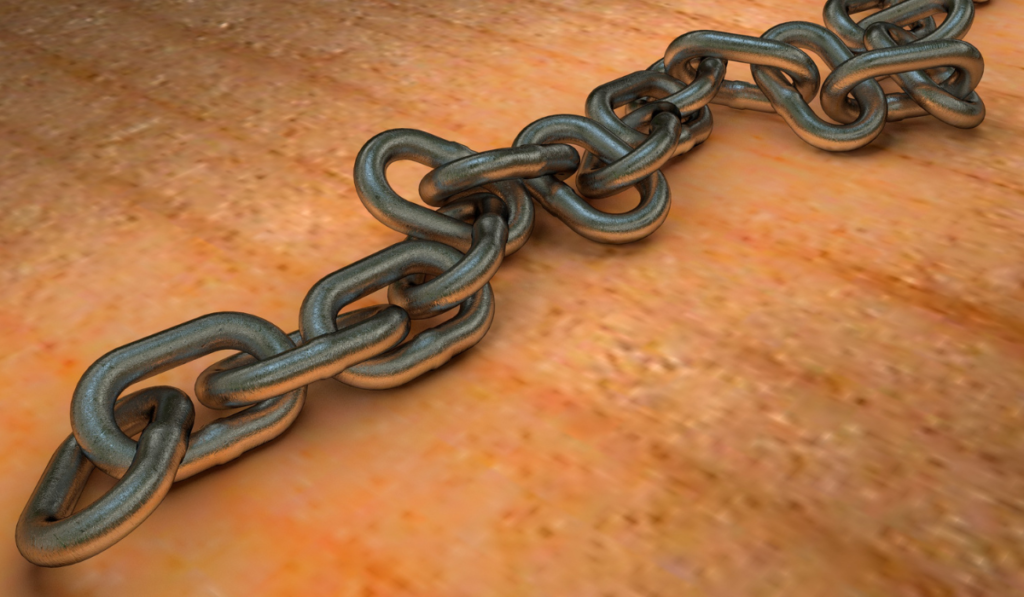Off-page SEO is the process of improving your website’s organic search rankings by linking it with other websites. This type of SEO attempts to target keywords that are not contained in your page content but are used by search engines for indexing your site. By linking to other websites that have the same keywords, you can boost your site’s organic search results and bring more visitors to it.
Google explains off-page SEO as: “Anything other than on-page optimization or link building that helps improve your website in order to get visible organic search results from Google and other search engines (often called crawled pages) and therefore higher visibility in organic search’. On-page optimizations include writing keyword-optimized articles, using meta tags, using visual elements like images and headings, and so forth. Off-page SEO also includes link building as a key component. Off-page SEO refers to any strategies that do not take place on a website, such as outreach campaigns or link exchanges between websites. Let’s explore further what it is, how it works, and why you should care about it.
How does Off-page SEO work?
Every time you share a link with your network, you are contributing to off-page SEO. If the link is relevant to the topic you are writing about, it has a high chance of being clicked, which will send organic traffic to the linked website. The main goal of off-page SEO is to build links that point to your website from other websites. Google’s algorithm determines the popularity of a website by the number of backlinks it has.
The more links that point to a specific website, the more popular it is considered to be. Thus, you can increase your website’s authority by getting other websites to link to yours. For example, let’s say you have a recipe website that ranks for the keyword “blueberry muffins” without doing any off-page SEO. Now, you decide to do off-page SEO, so you reach out to websites that also have blueberry muffin recipes on their site and ask them to link to your recipe. If you can convince some of them to do so – and make the link look natural – your recipe will be ranked higher for the keyword “blueberry muffins”. This is how off-page SEO works.
4 Main Techniques Of Off-Page SEO
- Creating valuable backlinks:- The first and most important step in off-page SEO is to create valuable backlinks. Before you do that, you need to know what type of link is considered to be the best by the search engines. The two types of links that are most beneficial to your website are “do-follow” and “no-follow” links. “Do-follow” links are the links that are followed by search engines and will pass the link juice to your website. “No-follow” links, on the other hand, will not send any link juice to your website. To make the most of your off-page SEO, you should focus on building do-follow links. There are many ways to get do-follow links, such as reaching out to bloggers, participating in forums, guest posting, and more.
- Content Marketing:- In context to SEO, content marketing is the creation and distribution of media such as articles, blog posts, and infographics to attract visitors and increase your website’s organic traffic. The goal of content marketing is to attract potential customers and turn them into leads and then into customers by providing them with value and information. With content marketing, you can attract new visitors and retarget past visitors. Retargeting helps you to remind past visitors about your product or service and convert them into customers. There are many platforms where you can promote your content, such as Facebook, Twitter, LinkedIn, Instagram, and Pinterest.
- Social Media Marketing:- We live in a world where social media platforms play an important role in our daily lives. According to statistics, there are 2.43 billion monthly active social media users worldwide, which is expected to grow to 2.92 billion by 2023. If you’re not using social media for your business, you’re missing out on a huge chunk of people who are eager to engage with brands online. You can not only use social media to promote your content but also to help with your off-page SEO. By joining communities and interacting with people in relevant groups, you can get a lot of backlinks to your website.
- Local SEO (GMB and Citations):- Local SEO (also called GMB and Citations) is the practice of optimizing your website and online listings for local customers. This is important because most people search for businesses online before visiting them in real life. With a high ranking on Google’s Local Search, you can bring in a lot of customers through online marketing. You can optimize your website for local customers by adding your business name, address, phone number, and website URL to your website’s source code. For example, on a recipe website, you can add your business name (“Blueberry Muffin Recipe”), address (“12345 Main St.”), phone number (“555-555-5555”), and website URL (“www.example.com/blueberry-muffin-recipe”) in your source code. When Google crawls your website, it will take note of the information you’ve added in the source code and display it in the Local Search results.
Conclusion
Off-page SEO is a long and tedious process, but it’s worth the effort when you see the results. It is important to understand that off-page SEO cannot be done in a day; it is a continuous process. Investments in off-page SEO will bring you more long-term benefits, while on-page SEO requires more short-term investment. With proper off-page SEO, you can achieve great visibility in search engines and bring more customers to your website.





